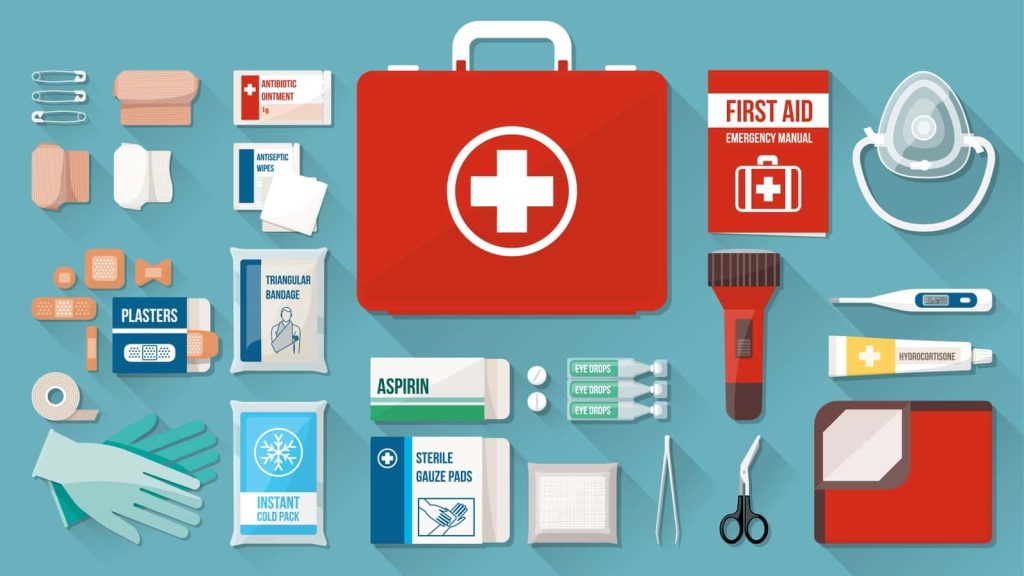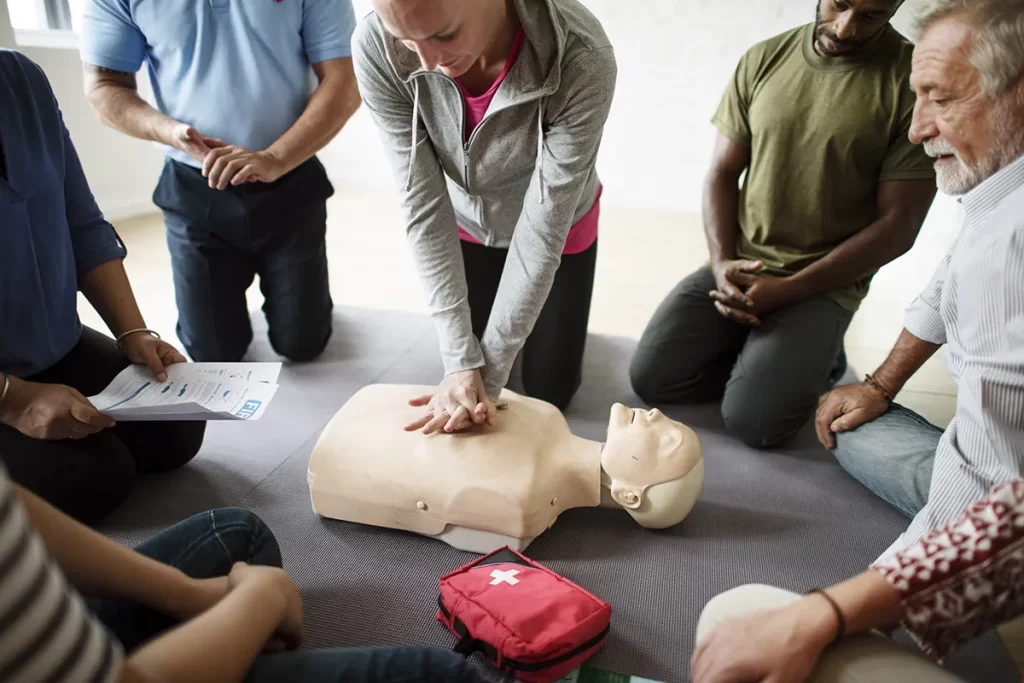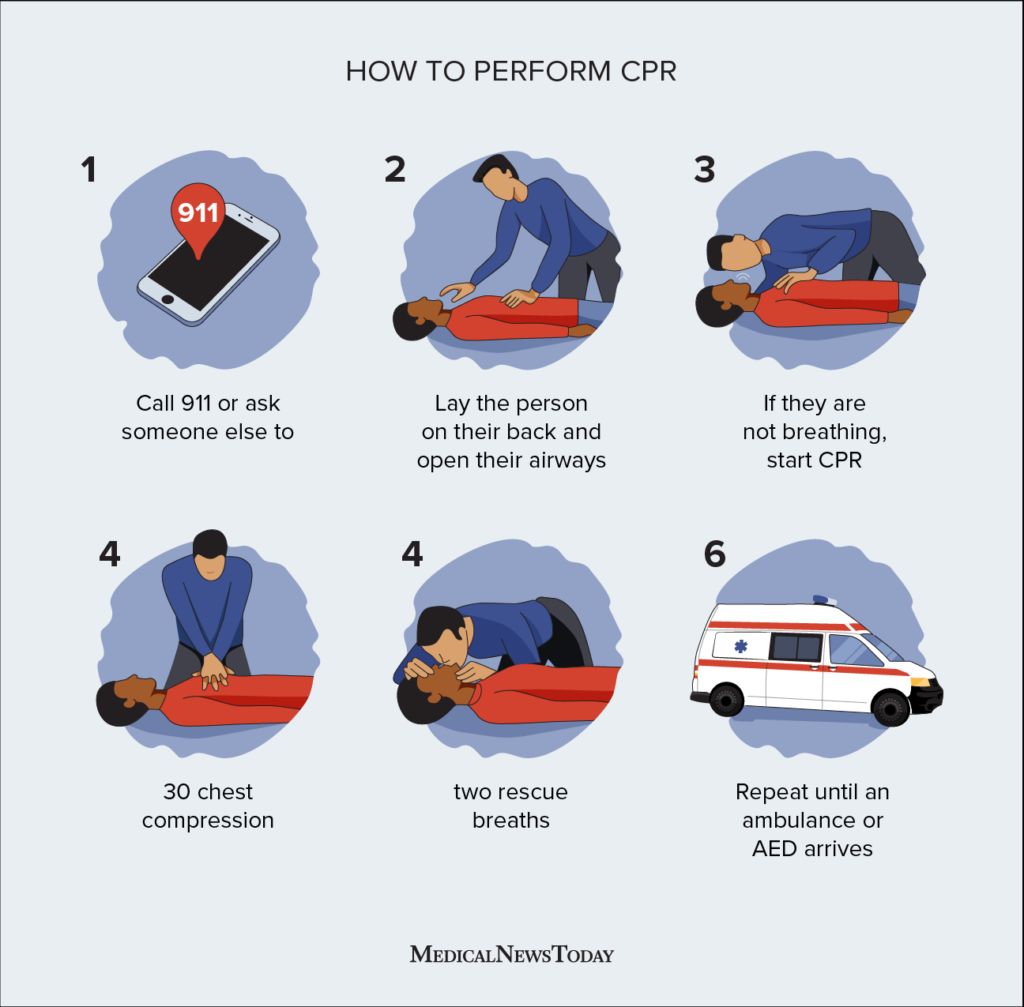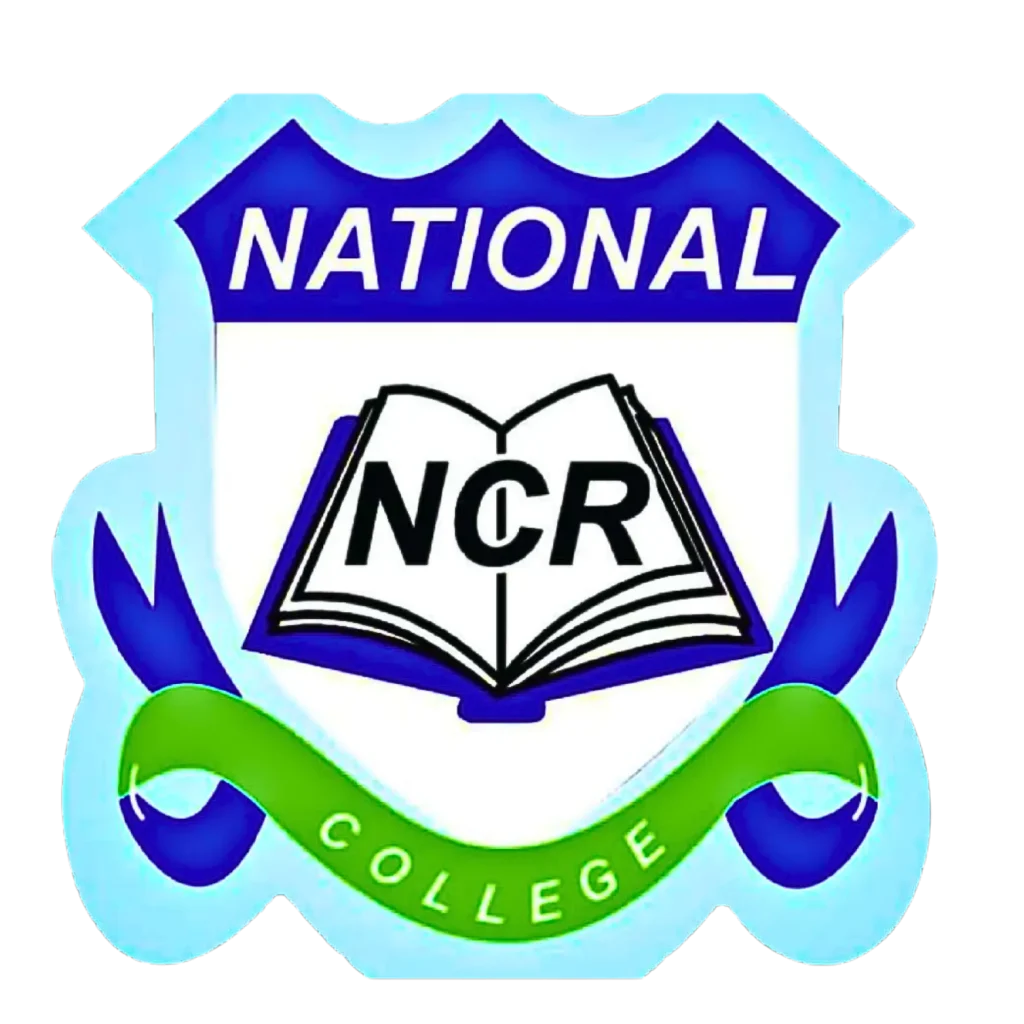
First aid is the immediate care given to someone with a sudden illness or injury, aimed at preserving life, preventing worsening, and promoting recovery until professional medical help arrives.
Key aspects of first aid:
- Immediate Action:First aid is given as soon as an injury or illness occurs.
- Basic Techniques:It involves simple skills like CPR, wound care, and managing breathing difficulties.
- Professional Help:First aid is a temporary measure, and the goal is to stabilize the situation until advanced medical care is available.
- Training:Basic first aid training is accessible to everyone, allowing them to provide essential help.

- Having a knowledge of basic first aid skills could save someone’s life or your own life. These skills are easy to learn and recall in emergency situations. Basic skills like CPR, setting a splint, stopping bleeding in dire situations, are important life skills.
- 1. CPR
- Perhaps the most well-known, and most important first aid skill—CPR. Learning CPR is very simple, it takes about five minutes, and it could save a life. CPR is short for cardiopulmonary resuscitation—it provides artificial ventilation that can preserve brain function, blood circulation, and breathing in a person. In an emergency situation, knowing how to perform CPR is invaluable.
- 2. Heimlich Maneuver
- If someone is choking, the Heimlich can dislodge whatever it is that is blocking their airways to save their life or prevent potential brain damage. Typically, a person who has had their airways cut off has about five minutes before brain damage occurs.
- 3. Set a Splint
- If you are far away from help and someone in your group has suffered a broken bone, you’ll need to set a splint. If the injury is not set before moving the injured person, it could get worse and cause excessive pain. A split can be set with household items or with a stick and clothing if you out on the trails or in the mountains.
- 4. Stop the Bleeding
- When you’re in a situation where someone is bleeding excessively, it’s important to stop the bleeding. The injured person could be bleeding from a main artery or vein, in which case they could bleed out in 10-15 minutes. Stopping the bleeding could be a matter of life or death. Learning how to make a tourniquet is simple and extremely helpful.
- 5. Treat a Burn
- There are three degrees of burn injuries and treating each degree is different. First degree burns really just need topical remedies and loose gauze. Second-degree burns will be blistered and a little swollen. Run it under cool water, then treat similar to a first-degree burn. Third-degree burns are classified by whitening of the skin, blistering, and numbness. These burns should be treated by a doctor.
- 6. Spot a Concussion
- Concussions are dangerous and require medical attention. After a blow to the head, you should check for symptoms like dizziness, pupil dilation, coherence, etc. If left untreated a concussion can have long term effects on the brain. Seek medical attention if there are any signs of a concussion.
- 7. Support a Sprain
- Sprains are common injuries. The sprained joint should be wrapped with an ace bandage and elevated until a doctor can take a look at it. Usually, the best treatment for sprains is R.I.C.E.—rest, ice, compression, elevation. If a sprain is not properly taken care of it can cause long-term cartilage and tissue damage.
- 8. Sutures and Stitches
- Hopefully, you never find yourself in a situation where you need to perform stitches, but you never know. You may find yourself in a situation where you need to closure up a wound before getting medical help.
What is the basic first aid?
First aid can include cleaning minor cuts, scrapes, or scratches; treating a minor burn; applying bandages and dressings; the use of non-prescription medicine; draining blisters; removing debris from the eyes; massage; and drinking fluids to relieve heat stress.
What are the 5 rules of first aid?
The DRSABCD action plan refers to the things you need to do immediately after an emergency:
Remember the golden rules of first aid: priorities safety, assess the situation, and victim, call for help, control bleeding, treat for shock, be mindful of head and spinal injuries, and attend to burns.
What are the 7 basic steps of first aid?
The DRSABCD action plan refers to the things you need to do immediately after an emergency:
- Step 1: Danger. if a person has been harmed during an accident, the first thing you have to do is check for danger. …
- Step 2: Response. …
- Step 3: Send for help. …
- Step 4: Airway. …
- Step 5: Breathing. …
- Step 6: CPR. …
- Step 7: Defibrillator.


If you like the post then give me a good rating
thank you